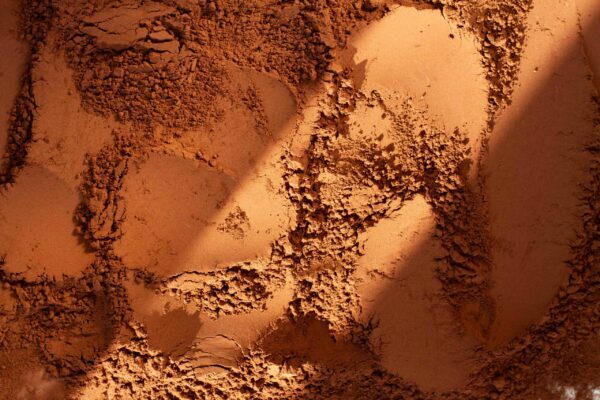The image came and went — or should have. A photo, seemingly taken from a Mars rover, showed faint geometric lines across the dusty terrain. At first glance, it looked unremarkable. But the markings? Some viewers paused. Others reposted. And a few asked the question that shifted everything: “Why would there be letters — or shapes — on untouched Martian soil?”
By late May 2021, the photo had circulated across multiple forums. The phrase “mars markings photo” began to surface more frequently on fringe blogs, then on Telegram channels, then again — briefly — on Facebook. Not all shares were serious. Some were ironic. Others were part of longer threads claiming insider leaks. And yet, even in that mix, the image stuck. Not because it was sharp. Because it was strange.
When and Where the Images Emerged
Timing matters — especially with images like these. The earliest posts appeared in French-language conspiracy forums during the second week of May 2021. These were not high-traffic platforms. Rather, they were slow-scroll threads, often focused on space exploration, secrecy, and semiotic analysis.
A spike followed when a popular influencer on Telegram referenced the photo in a post dated May 19. The caption was brief: “Encore une preuve que Mars n’est pas ce qu’on nous dit.” Within hours, the image was shared across five other accounts, mostly anonymous. By the following Sunday, reverse-image searches showed a twentyfold increase.
The moment had passed — but only technically. In niche communities, the photo never stopped being discussed. One thread on an English-speaking site returned to it in August, comparing it to early 1970s satellite imagery. Not for clarity, but for pattern.
Visual Elements and Public Interpretation
The photo itself was muted: low contrast, soft focus, and an odd sense of distance. But the “markings” — that’s where interpretation diverged. Some said it looked like tire tracks, though the curves made little sense. Others saw letters. One user circled a shape they claimed resembled the Greek letter phi.
This wasn’t analysis. It was something closer to semiotic drift — the way a sign becomes more meaningful the longer you stare at it. The “martian surface images” began to feel less like data and more like suggestion. It wasn’t what they showed, but what they made people want to decode.
Several users suggested overlays, comparing the lines to geological grid maps. A few went further, claiming the markings matched Earth-based surveying techniques. One particularly persistent theory involved old drone calibration patterns. That theory fizzled quickly — but the impression remained: something had been seen. Even if it wasn’t what people thought.
Image Forensics and Fact-Checking
Here’s where things get more precise — or should, at least. NASA image archives were quickly checked. The closest visual match appeared in a batch released after the Perseverance rover’s 2021 landing. One photo in particular bore resemblance, though without the markings. That was enough for some to declare the viral version fake.
But that didn’t stop the story. Image verification experts pointed to tell-tale signs of overlay manipulation — minor pixel inconsistencies, shadow mismatches, compression artifacts. And yet, those same indicators, paradoxically, gave the image more reach. On Reddit, someone wrote: “If it’s fake, why delete the original?” No reply, just upvotes.
In short: the photo had been edited. The markings weren’t in the original. But the speed at which it traveled — that had its own inertia. The phrase “NASA image controversy” started to show up even in forums that didn’t usually cover space. Verification slowed the spread. But it didn’t erase the imprint.
Broader Context of Space Image Misinformation
The Mars photo didn’t appear in a vacuum — and it didn’t vanish, either. Similar cases had circulated before: blurry shapes on Saturn’s rings, oddly lit patterns on the Moon, pixel glitches near the ISS. They follow a sequence that’s hard to ignore. One frame spreads. Then comes a theory. Then, pushback. After that — something quieter, but stickier.
With the Martian surface image, something shifted. It became a kind of shorthand. For suspicion, maybe. Or for the feeling that official narratives explain too little, too late.
People didn’t agree on what they saw. That wasn’t the point. The photo stayed — not as evidence, but as echo. And echoes, oddly enough, tend to grow.


Comments are closed